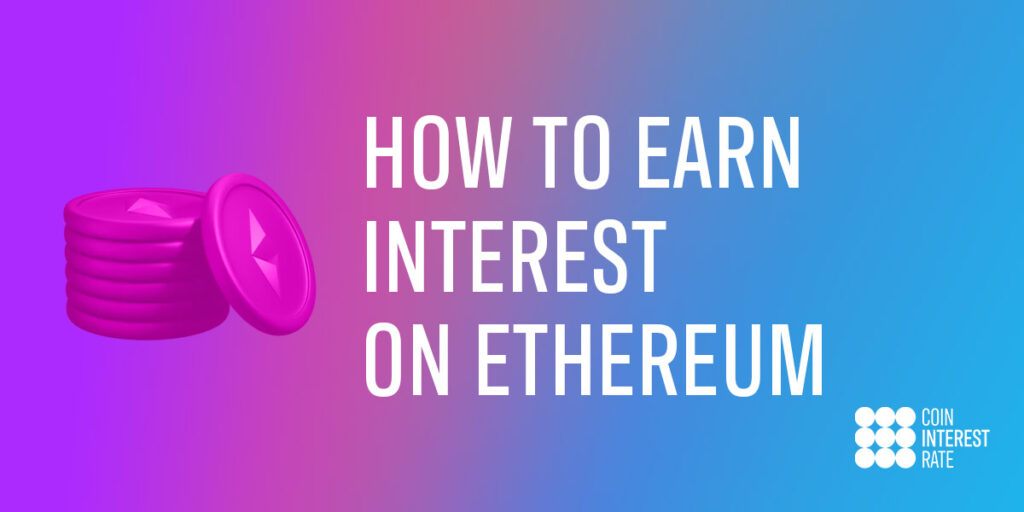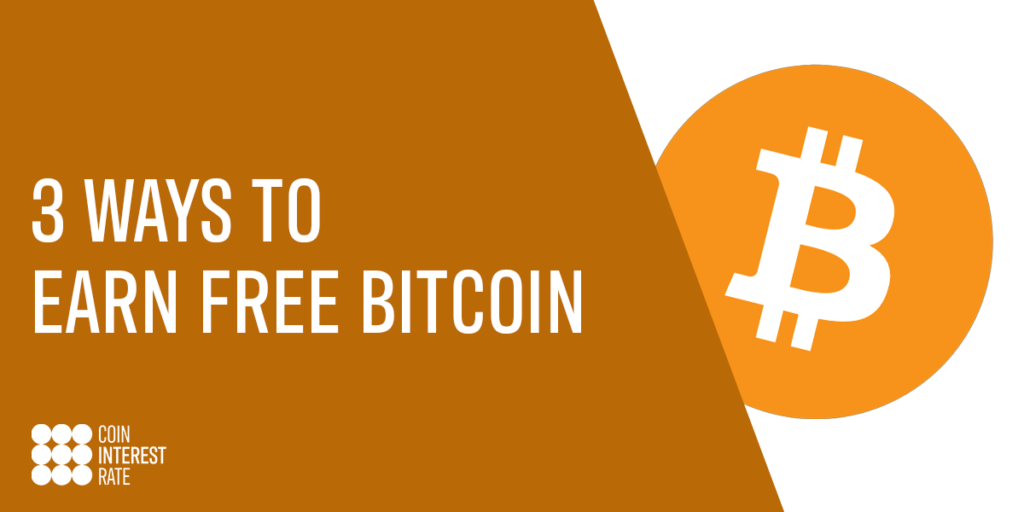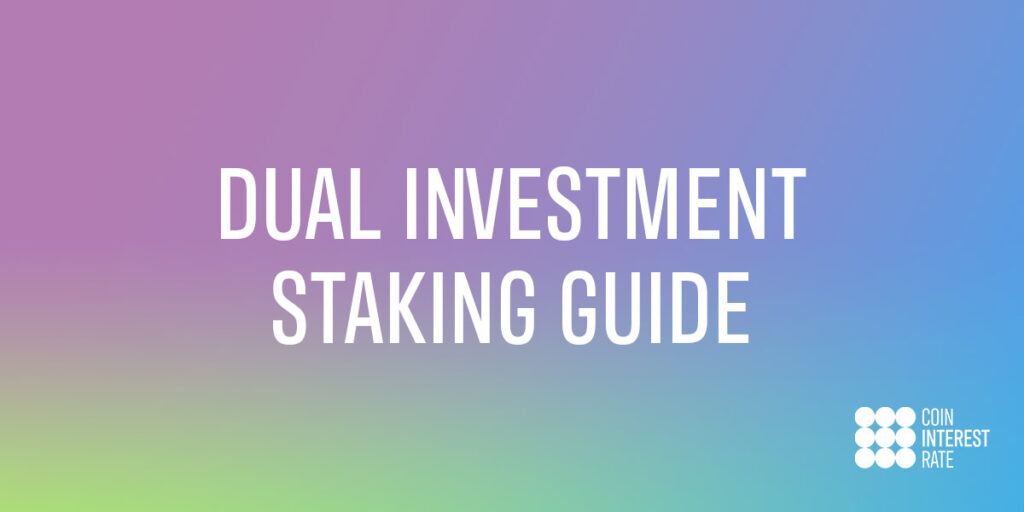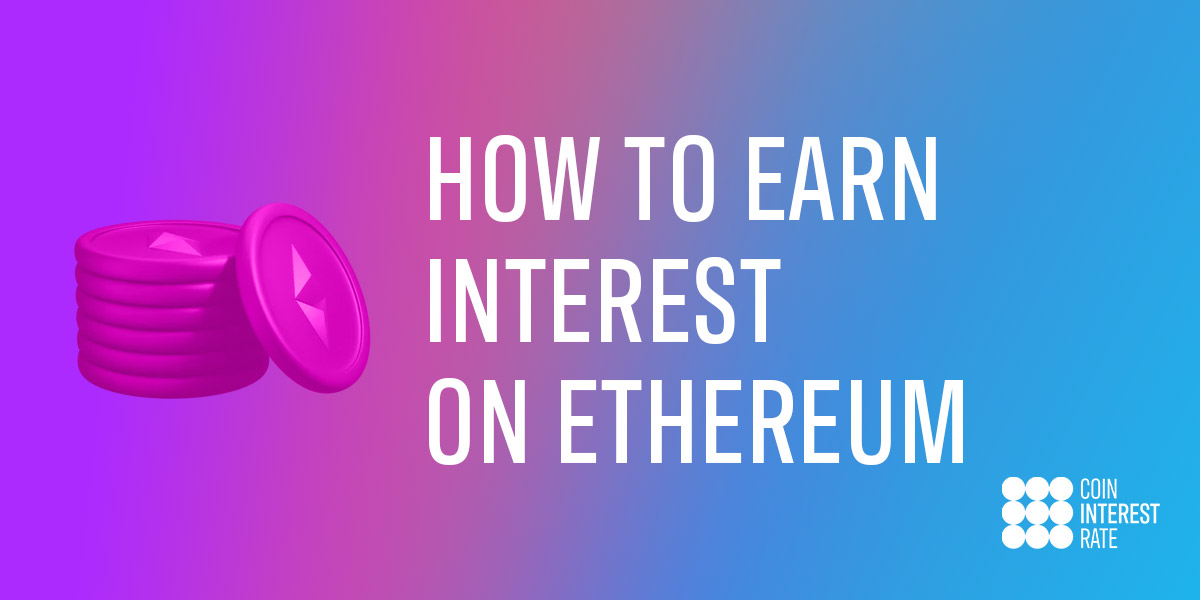The world of cryptocurrency is not only about trading and making gains on price fluctuations. A smart investor can use various strategies to earn interest on their Ethereum (ETH). This guides aims to teach you on how to earn interest on Ethereum, learn about DeFi protocols with their pros and cons and then learn about CeFi platforms and services.

We will cover various crypto interest platforms, staking, and lending opportunities that you can leverage to grow your Ethereum holdings and maximize returns!
🪙 Jump to our recommendations for Earning up to 40% on Ethereum.
DeFi: The Engine of Earning Interest on Ethereum
Decentralized Finance (DeFi) platforms have emerged as the backbone of the Ethereum ecosystem, offering a range of financial services such as lending, borrowing, trading and more. They provide new opportunities for users to earn interest on their Ethereum, but are exceptionally hard to understand and use for many investors. Security risks also are prevalent, and simple mistakes can be costly and irreversible.
Across DeFi, there are lots of unique strategies, and we’ll quickly cover the most popular (Yield Farming, Liquidity Pools and Staking):
Yield Farming
⛔Difficult for new DeFi users
⛔Requires gas to enter and exit contracts
⛔Potential hacks or security issues leading to loss of funds
Yield farming is the process of lending your crypto assets to a DeFi platform to provide liquidity for other users to trade, borrow or lend. In return, you receive rewards in the form of interest and governance tokens. Some popular yield farming platforms are:
- Compound is a decentralized lending platform that allows you to lend your Ethereum and earn interest on it. The interest rate varies based on supply and demand.
- Aave is another popular DeFi platform where you can lend your Ethereum to earn interest. It offers variable and stable interest rates, allowing you to choose the one that suits your risk profile.
- Yearn Finance automatically allocates your Ethereum to the best lending opportunities available on various DeFi platforms. This way, you don’t need to track the interest rates manually or move funds around frequently.
Liquidity Pools
⛔Difficult for new DeFi users
⛔Requires pairs of tokens
⛔Low liquidity leads to diminished returns
Liquidity pools are smart contracts that facilitate the exchange of crypto assets on decentralized exchanges (DEX), which are cryptocurrency exchanges run purely by code. By providing your Ethereum to a liquidity pool, you can earn a share of the trading fees generated by the platform. Typically you’ll need to provide pairs of tokens (for example USDC & ETH) that enables users to swap between these pairs with your available liquidity. Some popular DEXs with liquidity pools are:
- Uniswap is a decentralized exchange that allows you to add your Ethereum and an equivalent amount of another token to create a liquidity pool. In return, you receive LP tokens representing your share in the pool and earn fees from trades.
- Sushiswap is similar to Uniswap, in fact it’s a fork, but offers additional incentives in the form of SUSHI tokens for liquidity providers.
Solo Staking
⛔Requires 32 ETH as solo staker
⛔Slashing potential, and technical requirements are high
Staking is much simpler than the prior two DeFi methods, and it involves locking your Ethereum in a wallet to support the network’s security and receive new Ethereum as rewards. With the Ethereum 2.0 upgrade, the network moved from Proof of Work (PoW) to Proof of Stake (PoS), which rewards stakers instead of miners for securing and building the blockchain.
However, solo staking on Ethereum, requires at least 32 ETH, setup in a validator node. Validators propose and attest new blocks and in return, they receive rewards in the form of new ETH. Operating a validator poses new risks and responsibilities, as poor performance or malicious activities may result in penalties or loss of staked ETH, also known as slashing.
Staking Pools
☑️Easy for new users
⛔May require conversion to pool specific tokens (i.e. rETH)
If you don’t have 32 ETH or lack technical expertise, you can join a staking pool or use a staking service to participate in Ethereum staking. Staking pools aggregate the Ethereum holdings and help launch and maintain validator nodes. This minimize the risks associated with solo staking, the technical requirements and of course, the large 32 ETH requirement.
- RocketPool is a popular and often recommended Staking Pool.
Traditional Finance Ease Meets Crypto
TradFi, or CeFi, have proven themselves as an easier and simpler alternative to DeFi, while still offering users a way to earn interest on Ethereum. These CeFi platforms often use DeFi strategies as part of their yield generation, so you can benefit from DeFi gains without direct exposure to it. Typically, they are offered in two flavors (Staking-as-a-service or lending platforms):
Staking-as-a-Service
☑️Easy for new users
⛔Less rewards due to commission
⛔Requires trust of the service
If you know you want to stake your Ethereum, but aren’t super technical, staking-as-a-service might be a good fit.
To help address the challenges of staking, centralized platforms and crypto exchanges are now offering staking services. This removes the minimum requirement to stake, and the technical requirements. In turn, you however must deposit your assets into the centralized service, and they take a percentage of your staking rewards as part of the offer.
Learn more about Staking-as-a-service.
- Nexo offers staking-as-a-service as Nexo Smart Staking.
- Coinbase offers staking-as-a-service as Coinbase Earn.
- Gemini offers staking-as-a-service as Gemini Staking.
Lending Platforms
☑️Easy for new users
☑️Rewards can beat DeFi
⛔Requires trust of the platform
Popular lending platforms such as Nexo allow you to lend your Ethereum and earn interest in a more traditional manner. These platforms serve as a bridge between traditional finance and the highly technical world of cryptocurrency. They offer user-friendly interfaces, making it easy for non-technical users to earn interest on their Ethereum simply by depositing into their platforms.
However, lending platforms are not zero-risk, as you must put your trust in the platform by depositing your Ethereum, putting it effectively out of your control.
⚠️That said, if DeFi is daunting, the risks of centralized services are lessened by their easier to understand interfaces, available support teams and even regulations they must adhere to.
Here are more Ethereum staking-as-a-service platforms, sorted by interest rate (APY).
Maximizing Returns and Best-Practice Strategies
Interest rates for Ethereum on DeFi, CeFi, crypto interest accounts, staking, and lending platforms can range easily from 2% to 40% APY. Here are some additional tips to boost your earnings and stay safe.
✅Monitor interest rates: Keep an eye on the interest rates offered by various platforms, staking pools, and lending services. This effort will rewarded by ensuring that you are earning the highest interest rates available. Our site, Coin Interest Rate, makes this easy to do.
✅Diversify your investments: Allocate your Ethereum across various platforms and services to maximize your interest-earning potential. This diversification will not only increase your overall returns but also reduce the risk associated with individual platforms.
Wrapping Up: Earning Interest on Ethereum (ETH)
Earning interest on Ethereum is an excellent way to make your crypto holdings work extra for you. With DeFi platforms, staking opportunities, and centralized lending and staking services, you have lots of options to explore. By employing a diversified strategy and monitoring interest rates you can safely earn interest on your Ethereum. However, always remember to be diligent and carefully assess the platforms and services before committing your Ethereum to any investment opportunity.









